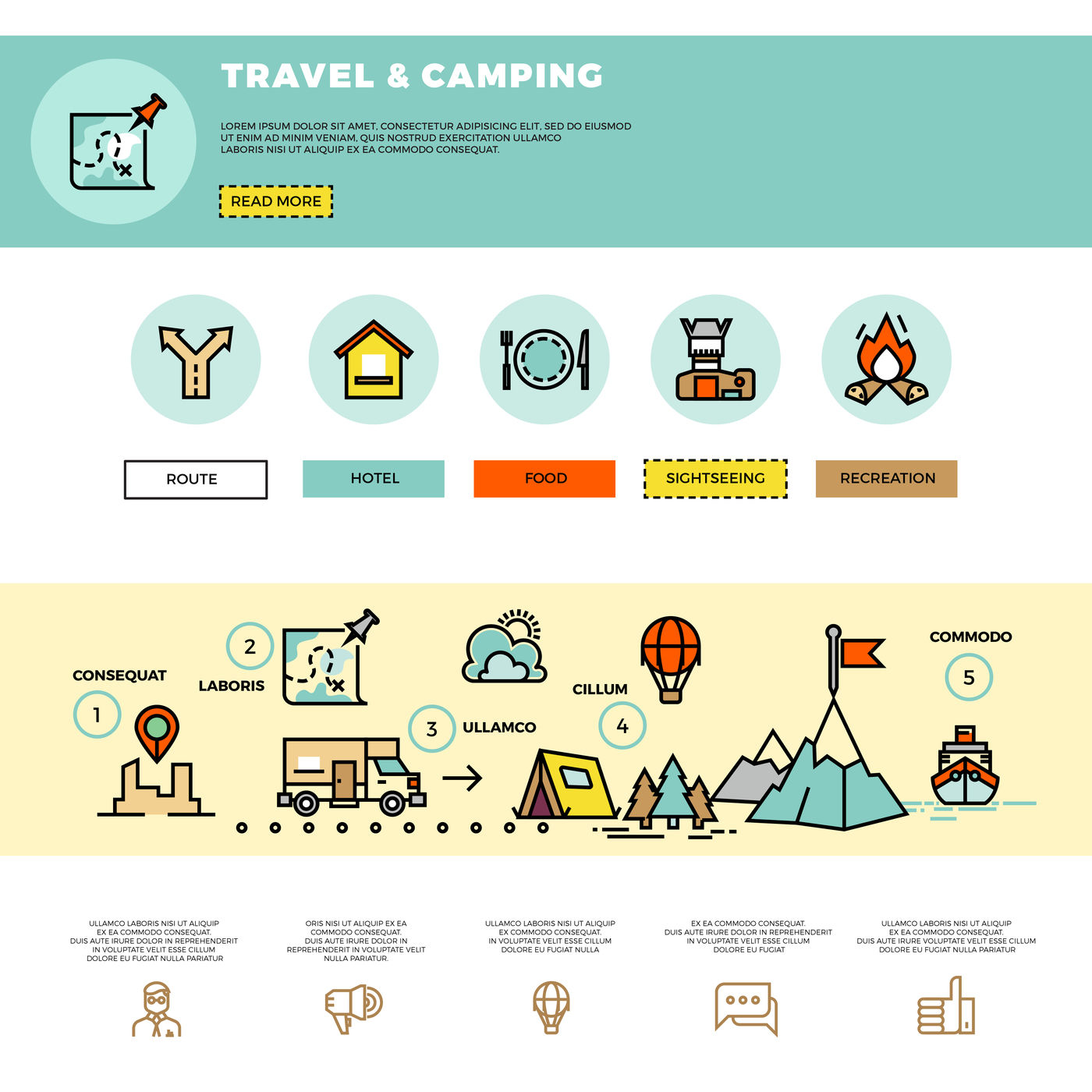Bell tents are becoming progressively preferred as versatile, fashionable shelters for camping and glamping. Yet what's the history behind this enduring style?
How do you dry a tent fast?
Henry Hopkins Sibley patented the single-pole conelike camping tent that we know as a bell outdoor tents. However, he defected to the Confederacy and never ever received his nobilities.
Inevitably, another person included brief walls to the cone canopy and designed what we now referred to as a bell outdoor tents.
Origins
The popularity of bell outdoors tents is growing, and they're currently a staple at camping celebrations and as fashionable yard resorts. Their sizable interiors supply a flexible home from home atmosphere that's ideal for families and teams of friends, while the circular layout assists with stability in strong winds.
The style of the modern-day bell outdoor tents can be mapped back to military tents utilized by European militaries throughout the Crimean Battle in 1853-1856. Then, in America, a soldier called Henry Hopkins Sibley patented a similar structure that drew motivation from American Tipis.
Both styles are still in operation today. Nonetheless, Sibley outdoors tents vary from their even more current relatives in that they have side walls and a raised larger entrance. Sibley tents also rely on a single central pole for support which makes them simpler to establish yet restricts arrangement alternatives.
Objective
Bell outdoors tents' one-of-a-kind form and large insides make them the suitable option for a variety of exterior tasks. Whether you're hosting a yard camping event, glamping at a remote all-natural resort or taking place a legendary fantasy-inspired experience, the flexibility of these tents ensures that your experience will certainly fit and elegant.
The bell-shaped camping tent was originally patented in 1856 by Henry Hopkins Sibley, who had designed the layout after observing Indigenous American tipi outdoors tents. Nonetheless, he surrendered from the United States Military at the break out of the Civil War, forfeiting his rights to future aristocracies.
Ever since, the design has become a staple of many glamping experiences. These lavish outdoors tents commonly feature plush bedding and en-suite washrooms, offering campers the chance to delight in nature without sacrificing convenience.
Layout
In the modern, bell tents have actually experienced a rebirth in appeal, as people seek out an extra immersive outside experience. They are utilized in a variety of setups, consisting of camping, glamping, and events. Their unique form, large interiors, and reasonably very easy setting up make them a prominent choice for those looking for a stylish, historic panache to their outside experiences.
The distinctive form of a bell camping tent creates high ceilings and ample clearance, making it comfy to stand up in and walk around. Furthermore, the center post is not put near the entrance of the outdoor tents, enabling more privacy and room inside the shelter.
The bell outdoor tents style traces back to an American soldier named Henry Hopkins Sibley, that was influenced by Native American tipi camping tents when developing his variation of the bell camping tent in 1856. His style was a significant renovation over conventional military camping tents, which were difficult to move because of their complicated building.
Materials
In modern-day times, Bell Tents are crafted from superior products that are developed for long-lasting toughness. This is why they are a prominent selection among entertainment campers, festival-goers, and glampers alike.
In the 19th century, an US Army policeman named Henry Hopkins Sibley adjusted traditional camping tents into what is currently known as the modern-day bell tent. He based his style on Native American Tipi frameworks, adding brief walls to the main pole structure that made it much more secure.
Today, polycotton canvas is a common product used in the building of bell tents. This mix of cotton and polyester offers a vast array of benefits, including breathability, premium weather condition resistance, and less complicated upkeep than pure cotton canvas. This textile is also long lasting and abrasion-resistant. It is thicker than most nylon materials, nonetheless, which can make it heavy and extra costly than typical tents.
Modern
In contemporary, the popularity of Bell Tents has taken off thanks to glamping websites and celebrations providing these roomy tents for pairs, groups and households to appreciate. The aesthetic charm and longevity of these round outdoors tents are appealing to several campers.
Whether it be rain or wind, these camping tents hold their very own against the aspects. Commonly, they're made with canvas that is treated to secure versus moisture, mildew and UV rays.
Can you camp in 50 mph winds?
It isn't clear exactly when these outdoors tents were created, yet it's widely recognized that they're a variation of a Sibley outdoor tents - named after Henry Hopkins Sibley, that adapted the style of the American Indian tipi. It is thought that whoever included brief walls to Sibley's cone cover was accountable for the production of the bell camping tent as we camping gift ideas for men understand it today.
